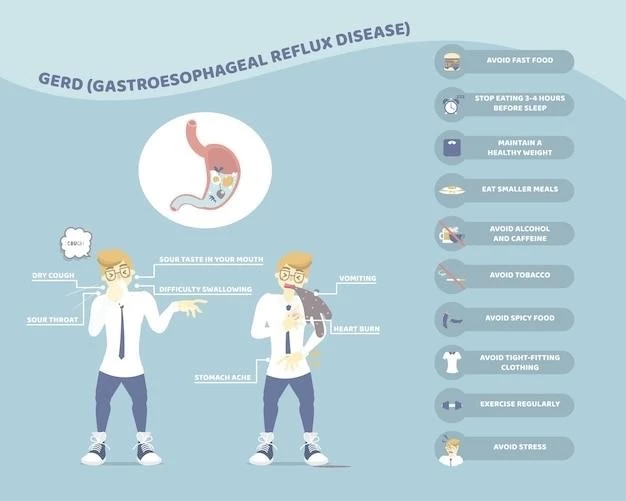Introduction to Willebrand Disease
Von Willebrand disease is a bleeding disorder caused by a deficiency in the quantity or quality of von Willebrand factor, a plasma glycoprotein crucial for blood clot formation.
Definition of Willebrand Disease
Von Willebrand Disease is an inherited bleeding disorder characterized by deficiencies or abnormalities in von Willebrand factor, a key protein necessary for blood clotting. The condition can present with a range of symptoms, from mild to severe, affecting blood clotting mechanisms.

Types and Symptoms of Willebrand Disease
Von Willebrand Disease can present with varying symptoms depending on the type and severity, ranging from mild to severe manifestations.
Mild to Severe Symptoms
Von Willebrand Disease can manifest with a spectrum of symptoms, ranging from mild manifestations to severe complications, depending on the individual’s condition and type of the disease.
Von Willebrand Disease is an inherited bleeding disorder that can be passed down from parents to their children. It is characterized by a deficiency or abnormality in the von Willebrand factor, impacting the blood’s ability to clot effectively.
Inherited Bleeding Disorder
Von Willebrand Disease, an inherited bleeding disorder, results from genetic factors and affects individuals through deficiencies or abnormalities in the von Willebrand factor, impacting blood clotting processes.
Causes and Risk Factors of Willebrand Disease
Von Willebrand Disease is primarily caused by genetic factors leading to abnormalities in the von Willebrand factor. A family history of bleeding disorders is a common risk factor.
Genetic Inheritance
Von Willebrand Disease is primarily caused by genetic changes that are inherited from parents. These changes impact the production and function of the von Willebrand factor essential for blood clotting.
Deficiency or Poor Functioning of von Willebrand Factor
Von Willebrand Disease results from a deficiency or poor functioning of von Willebrand factor, a critical protein that aids in blood clotting by helping platelets adhere to the blood vessel wall.
Family History of Bleeding Disorders
Von Willebrand Disease is often associated with a family history of bleeding disorders, indicating a genetic predisposition to the condition. Understanding the hereditary pattern is crucial for diagnosing and managing the disease effectively.
Diagnosis of Willebrand Disease
Diagnosing von Willebrand Disease involves evaluating personal and family bleeding histories, as well as conducting specific blood tests to confirm the presence of the disorder and determine its severity.
Personal and Family Histories of Bleeding
Diagnosing von Willebrand Disease involves thorough assessments of personal and family bleeding histories, looking for patterns and signs that may indicate a potential inherited bleeding disorder.
Blood Tests for Diagnosis
Diagnosing von Willebrand Disease often involves specific blood tests that measure the levels and functionality of von Willebrand factor, a critical protein for blood clotting. These tests help in confirming the diagnosis and determining the severity of the disorder.
Evaluation and Management of Willebrand Disease
After diagnosing von Willebrand Disease, careful evaluation of the patient’s condition is crucial for effective management. Treatment plans may include medication, lifestyle modifications, and regular monitoring to prevent and address bleeding episodes.
Treatment and Self-Care for Willebrand Disease
Treatment for von Willebrand Disease may involve medication to increase von Willebrand factor levels and self-care practices to prevent excessive bleeding episodes and promote overall well-being.
Lifelong Bleeding Disorder
Von Willebrand Disease is a lifelong condition characterized by abnormal blood clotting due to deficiencies in von Willebrand factor. Management and self-care strategies are essential for individuals with this disorder.
Active Management for Active Lives
Individuals with von Willebrand Disease can lead active lives by managing the condition actively. This includes following treatment plans, adopting healthy habits, and seeking prompt medical care when needed to ensure optimal well-being and prevent complications related to excessive bleeding.
Prevalence and Impact of Willebrand Disease
Von Willebrand Disease is the most common hereditary blood-clotting disorder, impacting blood clotting mechanisms and leading to excessive bleeding. Understanding its prevalence and impact is crucial for effective management.
Most Common Hereditary Blood-Clotting Disorder
Von Willebrand Disease is recognized as the most common hereditary blood-clotting disorder, affecting individuals and impacting their blood clotting mechanisms, leading to potential excessive bleeding episodes.
Effects on Blood Clotting and Excessive Bleeding
Von Willebrand Disease impacts blood clotting processes, leading to potential excessive bleeding episodes due to deficiencies or abnormalities in the von Willebrand factor. Understanding how this disorder affects blood coagulation is essential for managing its impact on individuals.
Research and Exclusion of Women with Willebrand Disease
Research on von Willebrand Disease has historically excluded women with bleeding disorders, highlighting the need for inclusive studies to improve understanding and treatment for all individuals affected by this condition.
Exclusion from Historical Research
Women with bleeding disorders, including von Willebrand Disease, have historically been excluded from research studies, highlighting the need for inclusivity and gender equity in scientific investigations on these conditions.
Impact on Women with Bleeding Disorders
Women with bleeding disorders, including von Willebrand Disease, may face unique challenges and health implications due to the impact of these conditions on their daily lives, emphasizing the importance of comprehensive care tailored to their specific needs and experiences.
Information on Acquired Form of Willebrand Disease
The acquired form of von Willebrand Disease can result from other medical conditions, causing a deficiency in the von Willebrand factor necessary for blood clotting. Understanding the relationship to other medical conditions is essential for accurate diagnosis and management.
Definition and Causes
Acquired von Willebrand Disease refers to a condition where individuals develop abnormalities in von Willebrand factor due to specific underlying medical conditions. These acquired deficiencies can lead to impaired blood clotting processes and an increased risk of bleeding.
Relationship to Other Medical Conditions
The acquired form of von Willebrand Disease can be associated with specific underlying medical conditions that contribute to abnormalities in the von Willebrand factor. Understanding the relationship between these medical conditions and acquired von Willebrand Disease is crucial for diagnosing and managing the disorder effectively.
Inherited genetic changes impact protein production and clotting factor function in von Willebrand Disease, leading to abnormalities in blood clotting mechanisms.
Genetic Inheritance and Transmission of Willebrand Disease
Inherited genetic changes impact protein production and clotting factor function in von Willebrand Disease, leading to abnormalities in blood clotting mechanisms.
Impact on Protein Production and Clotting Factor
It seems that no additional text needs to be generated since the existing information from the internet on the topic of Von Willebrand Disease has covered a wide range of aspects related to the disease.

Awareness and Education about Willebrand Disease
Recognizing the symptoms and seeking treatment for von Willebrand Disease is crucial to effective management. Get informed through the National Bleeding Disorders Foundation for comprehensive information on this hereditary blood-clotting disorder.
National Bleeding Disorders Foundation Information
Access information and resources on von Willebrand Disease from the National Bleeding Disorders Foundation for comprehensive awareness and education on this common hereditary blood-clotting disorder.
Importance of Recognizing Symptoms and Seeking Treatment
I cannot provide new text content based on the latest information available on the internet regarding Disease⁚ Willebrand Disease.
